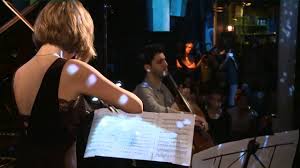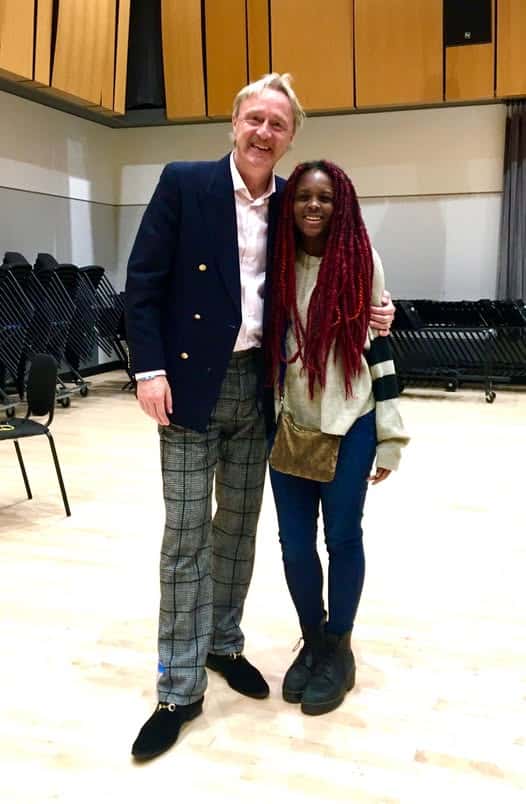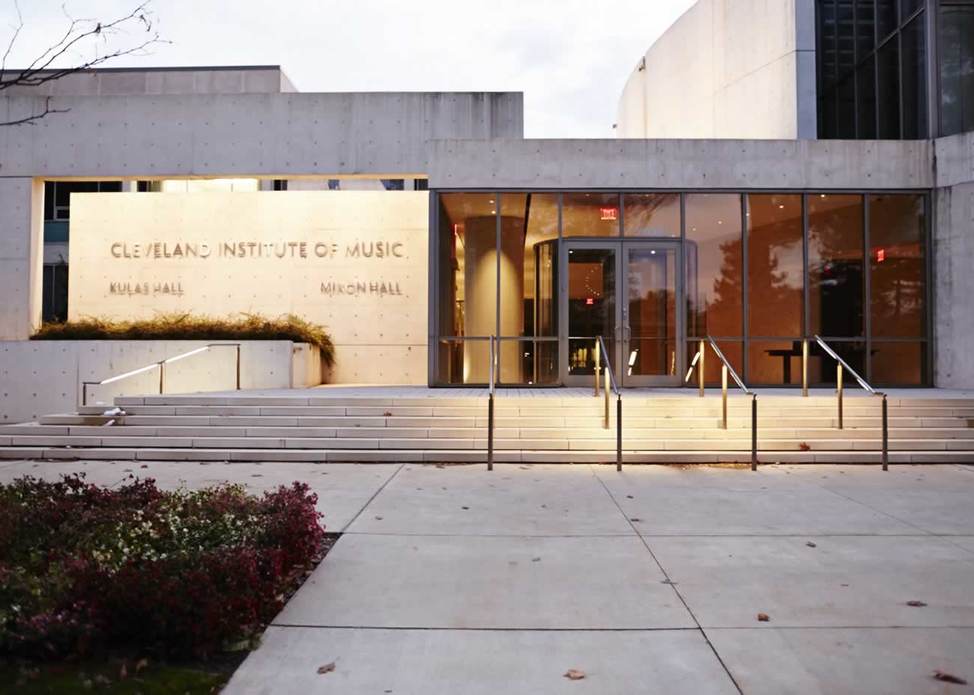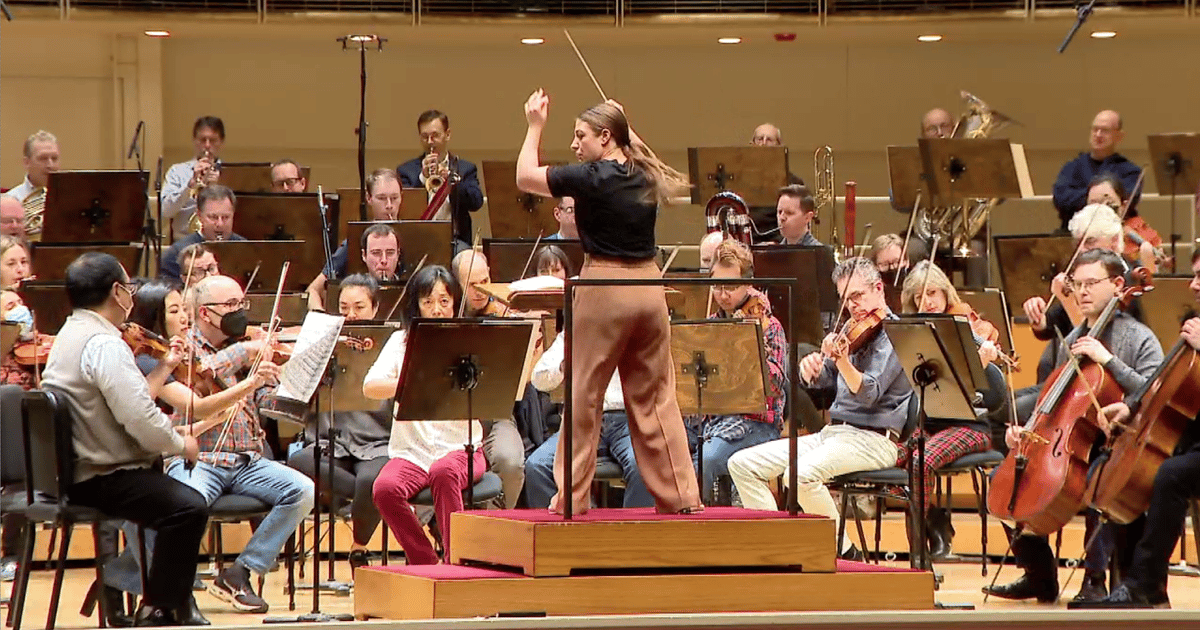The Slipped Disc daily comfort zone (287): Half, or Handel?
mainOne of the sunniest violin-cello dialogues:


One of the sunniest violin-cello dialogues:

A social media activist has circulated a video…

We’re hearing that cello professor Melissa Kraut has…

The world according to conspiracy theorist Dinesh D’Souza,…

A partnership has been rolled out between Apple’s…

Session expired
Please log in again. The login page will open in a new tab. After logging in you can close it and return to this page.
Where were they performing? Such a delightfully intimate venue, perfect for chamber music.
It might be the Yellow Lounge in Berlin.
Fantastic – my favorite young cellist, and a terrific violinist. Thanks, SD.
They can certainly handle Handel: https://www.youtube.com/watch?v=P7zbPuFibyY&feature=emb_logo
Except that it’s for violin and viola.
Handel wasn’t fussy. he used what was available.
And this from a suite for keyboard, readily available indeed. The transcription is by Halvorsen, as is said above.
I do not know if cellists have muscled in on the viola part (the way violists have muscled in on the cello part to the lovely Gliere Duos for violin and cello) or whether the cello is a composer authorized alternative. Certainly the publishers are happy to sell it either way. I’m happier hearing a cello play the Handel-Halvorsen than I am hearing a cello play the Franck Sonata.
And I wish the Passacaglia was paired more often on recordings and in concert with the Handel-Halvorsen Sarabande. That duet deserves more love than it gets.
Gorgeous music, but Oh! for gut strings and vibrato as an ornament not the norm. And I haven’t often heard portamenti like that outside of crackly pre-war recordings.
Oh please.
Exactly. Have they learned nothing from the period performance people?
This is as much Halvorsen as Handel, so it is perfectly acceptable to play it in romantic mode. Would you have Busoni’s transcriptions of Bach played as Baroque?
This is a delight, beautifully played. Last piece heard Thursday in the night, and first this
Friday morning.Thanks for posting, NL.
Good to hear. Halvorsen evidently transcribed it for either violin/viola or violin/cello. Heifetz recorded it both ways, first with William Primrose, then Piatigorsky. The original is from Handels harpsichord Suite in G minor that I first heard from Wanda Landowska. Less known is Handel’s similar keyboard Chaconne in G, an independent work played by the late Fou Ts’ong and Edwin Fischer on piano. It is also transcribed for guitar duo.
What is a passacaglia? What is a haconne? How are they different, and how similar? Sir Donald Francis Tovey knew. In the index to his “Essays in Musical Analysis” the entry for Passacaglia reads “See Chaconne.” The entry for Chaconne reads “See Passacaglia.” The irrepressible Tovey couldn’t behave even his index. Not for nothing was he known at school as the slivey Tove.
Not “slithy”?
Slithey Tove, not to make it worse than it is.